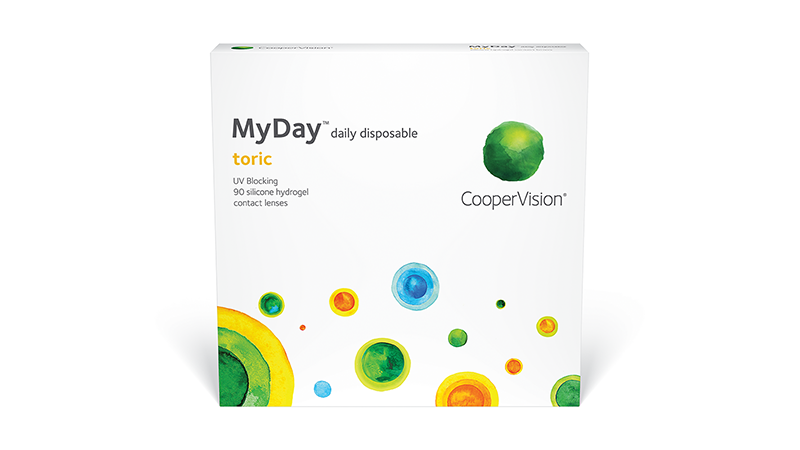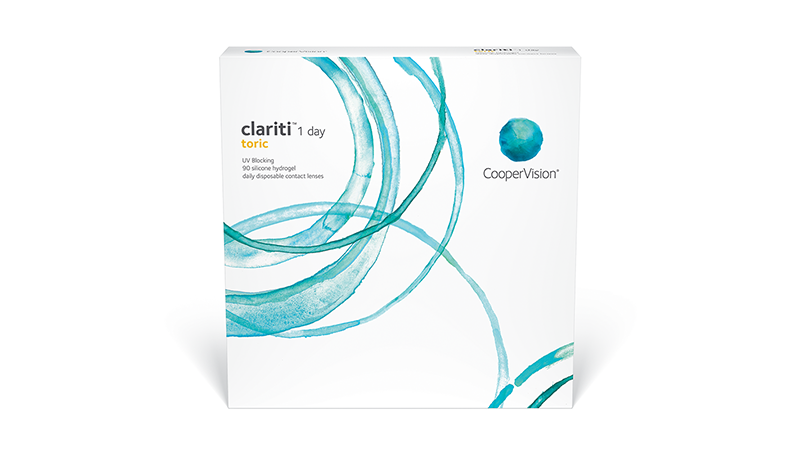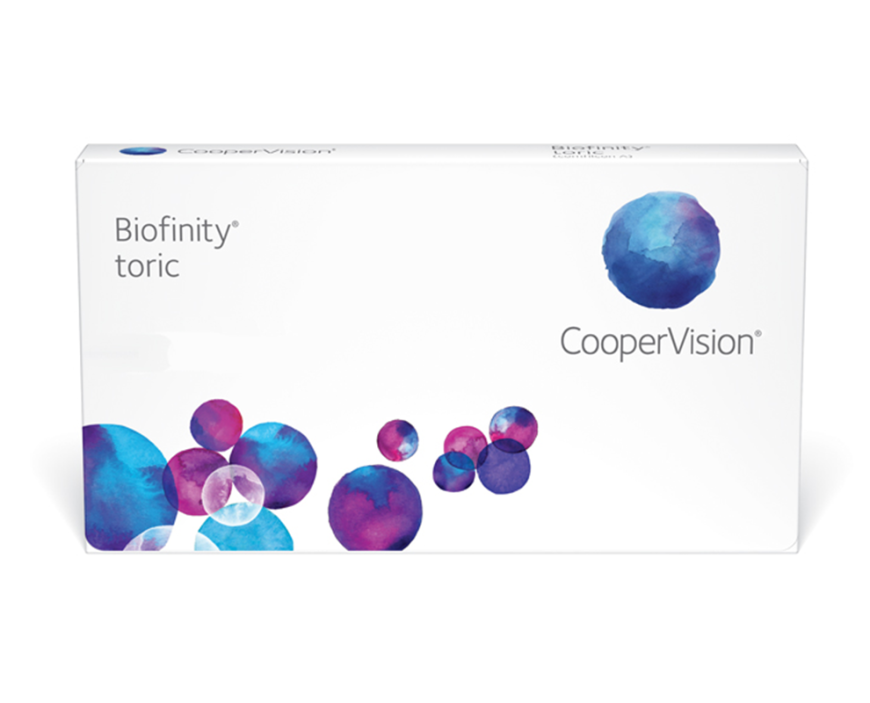
Additional opportunities
In those countries that already have a proportion of toric fits which approaches the prevalence of astigmatism in the general population, what are the further opportunities to focus on? Those patients with astigmatism in one eye only, monocular astigmats, should not be forgotten, and may gain visual benefits from having their astigmatism fully corrected. Their need to wear a single toric lens if the level of astigmatism in that eye is low (say 0.75 or 1.00DC) may depend on a few factors. For example, whether the cylinder is in the dominant eye, the axis of their astigmatism, and the visual needs of the individual. The availability of several ‘families’ of contact lenses enables patients to wear the same material in both eyes, one sphere and one toric design. Wide prescription availability across contact lens families results in the majority of patients being able to be fitted.45
It is important not to over-look part time contact lens wearers. The attitude of ‘spherical is good enough’ for part time wear should be challenged, especially when the reasons for lens wear are factored in. Their part time wear may be for sports, for hobbies requiring fine detailed vision or for social engagements where night driving may be necessary. Remember too that the association of visual quality with lens comfort.35 Optimising vision to be as good as spectacles could have significant benefits for these patients, and for those looking for part time wear, availability of prescription range in daily disposable soft torics, in particular cylinder coverage and available axes, has increased over the last few years.
Always offer low astigmats wearing spherical contact lenses the option of toric lenses. Although adapted to their current level of acuity, they may benefit from improved quality of real-world vision if fully corrected. It was this group that did best when refitted into toric lenses, with 8 out of 10 resulting in successful fits.44Lapsed wearers also did well in this study, and with soft toric lens designs, and the materials they are available in, being distinctly different from just a few years ago, it is always worth offering the option of a contact lens trial to the lapsed astigmat too. It is even possible to improve quality of life scores by fitting soft torics compared to a spherical lenses for low to moderate astigmats.1 Finally, consider the aging population in the practice.An estimated one-third of current soft toric wearers are of presbyopic age.48 These patients need their near and intermediate vision corrected in addition to their distance vision and astigmatism. A toric multifocal design is required to achieve this in contact lenses, and no doubt in response to the growing need, the choice of lenses available in this category is increasing.
CONCLUSION
While a few countries report relatively high levels of soft toric prescribing, remember this is from a select group of ECPs in the international contact lens prescribing report and may not be reflective of wider prescribing practices in the region. Wide variation still exists in how proactively or otherwise soft torics are fit around the world. It remains important to ensure soft toric prescribing is not overlooked: patient’s visual demands and expectations of their ECP are high, and sub-optimal vision performance leads to drop out. ECPs who do not already feel comfortable with proactive recommendation of soft toric lenses can feel confident in the performance of modern soft toric contact lenses. They can deliver high first fit success rates, which can be made even more time efficient in practice with the use of online fitting tools such as OptiExpertTM. Neophytes, lapsed wearers, low astigmats, monocular astigmats, and astigmatic presbyopes all present significant opportunities to recommend toric lenses and ensure the patient’s visual needs in their contact lenses are being met.
Click the boxes to learn more about each of these CooperVision toric products :



References:
1.Cox SM, Berntsen DA, Bickle KM, et al. Efficacy of Toric Contact Lenses in Fitting and Patient-Reported Outcomes in Contact Lens Wearers. Eye & contact lens 2018;44 Suppl 1:S296-S9.
35. Maldonado-Codina C, Navascues Cornago M, Read ML, et al. The association of comfort and vision in soft toric contact lens wear. Contact Lens and Anterior Eye 2020
45. Luensmann D, Schaeffer JL, Rumney NJ, et al. Spectacle prescriptions review to determine prevalence of ametropia and coverage of frequent replacement soft toric contact lenses. Contact Lens and Anterior Eye 2018;41.
46. Luensmann D, Woods J, Patel S. Validation of an online lens fitting app for two daily disposable toric lenses. Contact Lens and Anterior Eye 2019;42:e38-e9.
47. Luensmann D, Woods J, McParland M. Toric lens fitting success supported by an online fitting App. In: NCC. Eindhoven; 2020.
48. Industry fit data. January 2017-December 2017 Italy, UK and Germany. 41% of toric CL wearers age 41 years or over.


